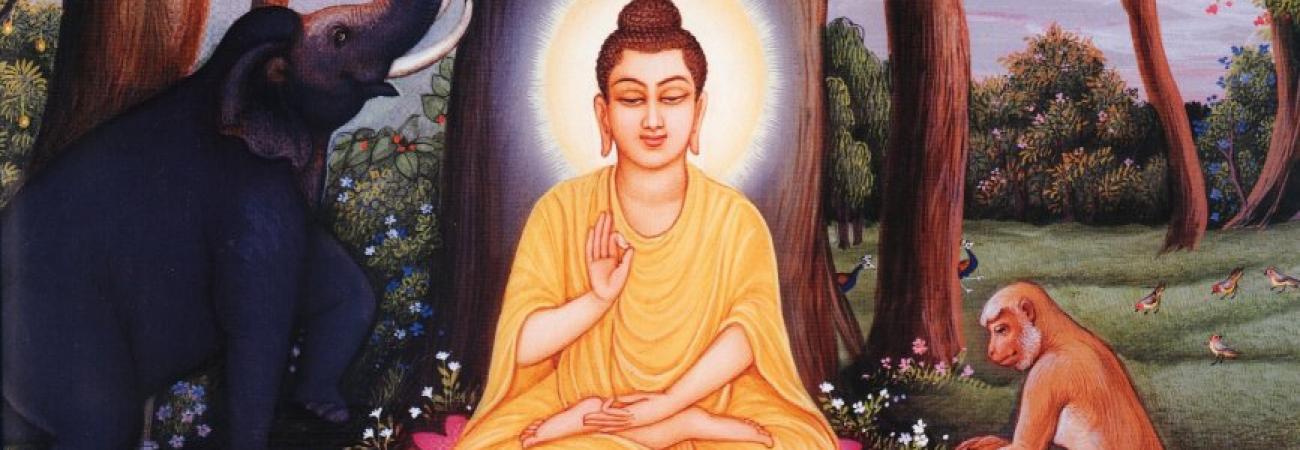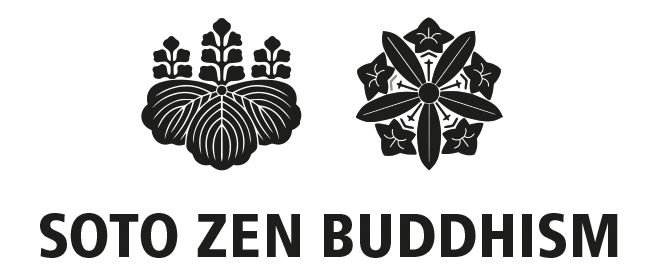
The origins of Zen Buddhism
Buddha was an ordinary man, but was high born, since he was the son of a king of the Shakya tribe. He was born 2,600 years ago in a little kingdom in North india, at the foot of the Himalayas. He received a good education, in intellectual, physical and artistic disciplines, a training that was designed to train a perfect gentleman.
Life had everything to satisfy him, he loved his wife, he loved his son... but he became aware of sickness, old age and death, inexorably linked to the human condition. So, inspired by his encounter with a monk, Shakyamuni turned to philophical and religious schools, which were numerous in India during his time. He left his family and the palace, and went to live in the forest among ascetics. He decided to devote himself to resolving the suffering of the human condition and to find peace.
He studied and practised the philosophies that were current at the time, some spiritual, others material, but none satisfied him. In the end, in desperation, and motivated by his great determination, he sat in the posture of dhyana (zazen) and decided not to move until he had resolved the problem of birth and death.
The story goes that after having gone through all the lowest states of ignorance, greed, and aversion, after conquering all his illusions, he found supreme and eternal inner peace. He found it in his heart, his original nature, empty of all form. It was after this that he was called Buddha, the Awakened one, the Silent Sage of the Shakyas.
He continued to sit, to clarify the problem of suffering, how it appeared, how it develops, how to free oneself from it. It was in these moments that he established the foundations of the teachings that he would expound to his contemporaries for the rest of his life.
Having found the path of the heart and having travelled it, he was the first to define a unified and reasonable doctrine for the human mind. He pierced all illusions and set himself up without fear beneath an empty sky.
After his awakening, he would pass his life inviting his human brothers to free themselves and to help others to do the same.
His teachings would form the sutras of the Buddhist canon. But we must not forget that it was when sitting in equilibrium, completely still, without seeking anything, that he awoke and understood the origin of suffering, and also its remedy.
Well born people grouped around him and became his disciples. One of them, Mahakashyapa, became his successor, and in turn he transmitted the essence of the teachings to Ananda... This transmission, from person to person, from master to disciple, has been continued without interruption right down to our time.
In this way, we, as practitioners of zen, are disciples of Shakyamuni Buddha: we hear his teachings and we continue his practice. This is the origin of Zen Buddhism.
A text from zen master Jean-Pierre Taiun Faure.


